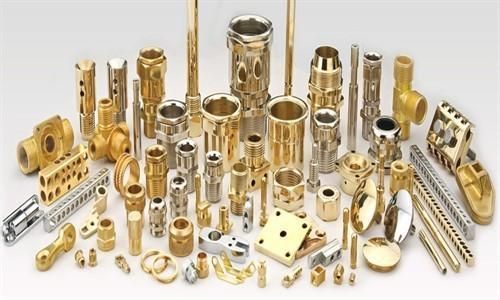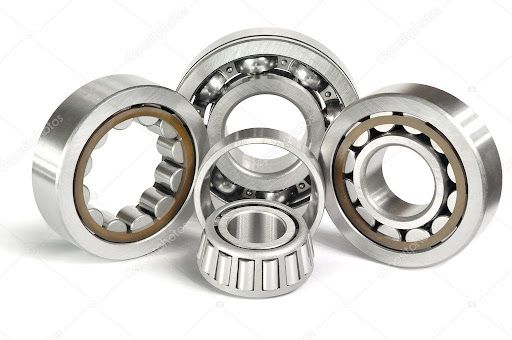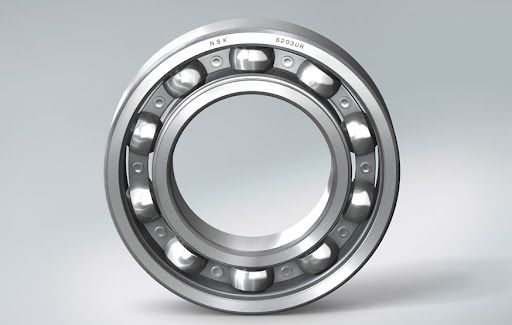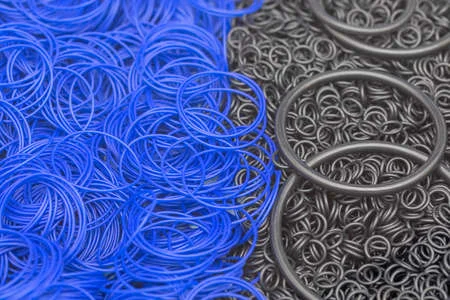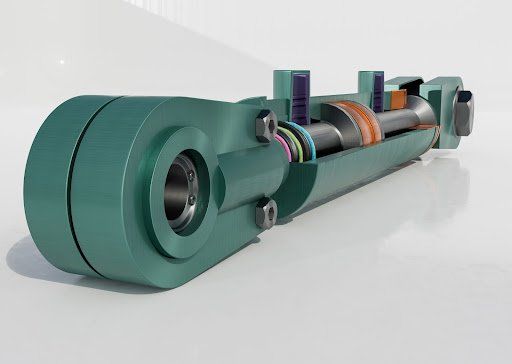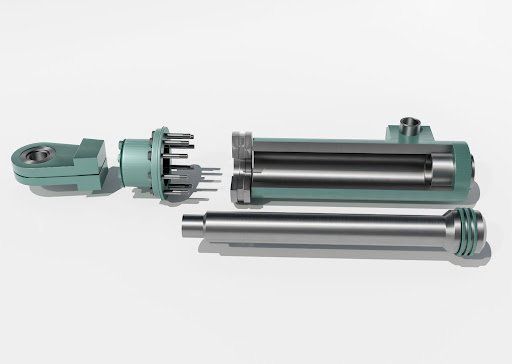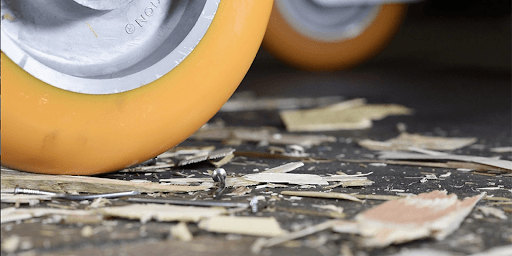7 Most Common Types Of Gaskets
7 Most Common Types Of Gaskets
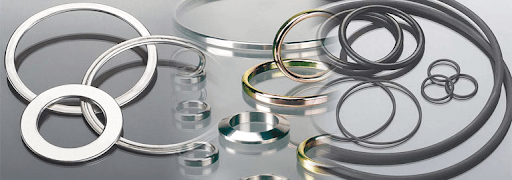
Gaskets or washers, are typically used to seal a pipe joint. They are made from metal or plastics and have a variety of shapes, such as rings, disks, and many more.
This blog gives information about the 7 Most Common Types Of Gaskets
1. Envelope Gasket
PTFE is wrapped around a core insert material in a composite gasket known as an envelope gasket, also known as a double-jacketed gasket. Both of these names refer to the same type of gasket. The primary advantage of using a gasket of this type is that in addition to benefiting from the power and characteristics of PTFE, it also provides the same strength and characteristics that the core material provides. This gasket is resistant to corrosion and can operate in environments with high temperatures.
2. Flat Metal Gasket
It is possible to fabricate a flat metal gasket to fit any desired configuration. Flat metal gaskets have high mechanical strength, thermal conductivity, and pressures. This type of gasket is efficient and cost-effective when properly bolted, particularly on flanges with concentric serrations.
3. Non-Asbestos Sheet Material Gasket
Materials that do not contain asbestos are utilised in various contexts due to their reliability and are regarded as the most reliable option for all sealing flanges. Non-asbestos sheet material gaskets are cut from sheet materials that do not contain asbestos, as their name would imply given the nature of the product. Since the 1980s, materials that do not contain asbestos have been used as the standard in the industry. Asbestos fibres are typically replaced with aramid, fiberglass, mineral fiber, carbon, and graphite as the material of choice.
4. Kammprofile Gasket
Gaskets with a metal core that are bonded with a soft filler material on both sides are known as Kammprofile gaskets. These gaskets are also known as Kamprofile gaskets, Camprofile gaskets, and grooved gaskets. The installation of one of these gaskets is followed by the insertion of the pliable, non-metallic filler into the serrated grooves of the metal core. The non-metallic filler that is used in these gaskets most often is either graphite or PTFE. These gaskets are an excellent choice for use in environments that are both high in pressure and temperature, and they are also appropriate for application with highly corrosive fluid joints.
5. Spiral Wound Gasket
Applications that involve high levels of pressure are where the spiral wound gasket, which is of the semi-metallic variety, is utilised the majority of the time. Because it has a high recovery tolerance for irregularities in the flange's surface finish, this type of gasket is frequently selected. When the gasket is compressed, the flow of the metal and soft fillers helps to create a seal. This type of gasket is effective at sealing because of this flow. In applications that are subjected to extremes of temperature, shock, vibrations, or pressure cycling, spiral wound gaskets that have an inner ring are an excellent choice for sealing the gap.
6. Corrugated Metal Gasket
When the bolt loading on the flanges and heads is adequate, corrugated metal gaskets are a reliable and cost-effective option for the gaskets. The gasket's ability to seal directly results from the constant load, also known as pressure that it is subjected to. This type of gasket is used in various applications because it can withstand harsh environments. Some examples of these environments include those found in steam transfers and hydrocarbons.
7. Rubber Sheet Material Gasket
To form this kind of gasket, sheets of industrially produced rubber are punched or cut into the desired shape, and the rubber itself comes from industrial production. Rubber sheet gaskets have exceptional resilience or adaptable, making them an ideal sealing material; however, their temperature resistance is limited.
Conclusion
Bearing Centre is a global supplier of seals, gaskets and engineering components. It offer a variety of products that can help keep your machinery running smoothly and efficiently. If you are looking to know more about
seals & gaskets, spiral wound gaskets, gasket, and
engineering components, you can contact us at Bearing Centre. We will be happy to help you find the right product for your needs.

